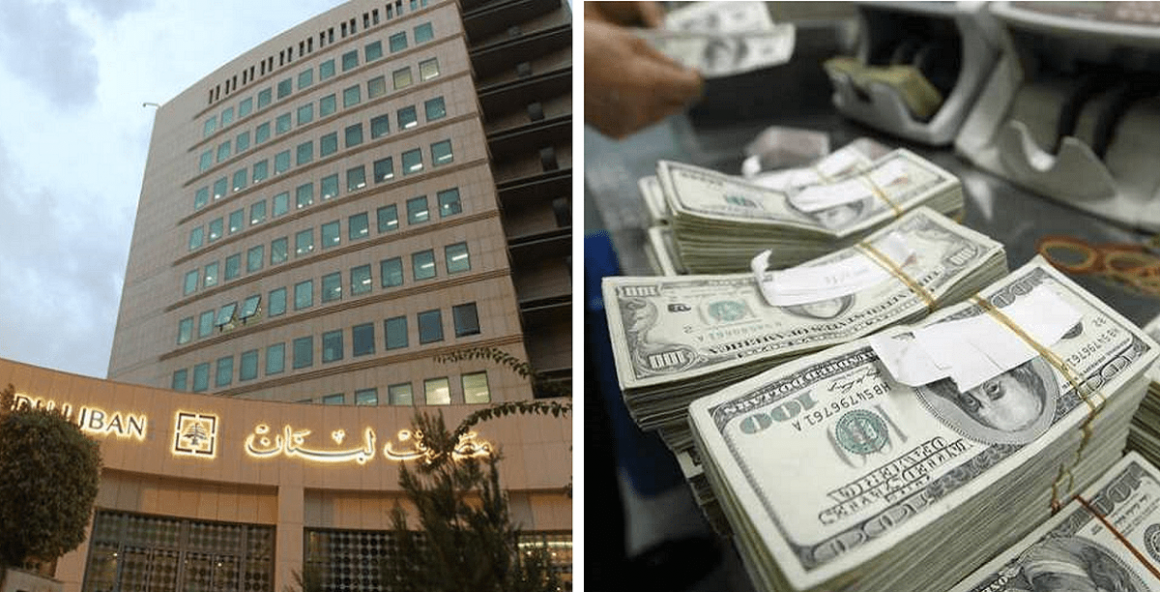Lebanon has been going through a severe currency crisis for months. The country is so deep in trouble that it might be hard to believe that there can be a solution that wouldn’t take too long to implement nor to return positive results. But, apparently, there is.
Smashing Inflation
Lebanon is not the first country that has come to battle hyperinflation and its paralyzing derivatives. So, it’s a good idea to look back at previous examples and study how countries have recovered from their crises.
This is what Steve H. Hanke, an American applied economist at Johns Hopkins University, did when he proposed a solution that he said would end Lebanon’s currency crisis and “smash inflation immediately.”
This seemingly magical solution is, simply, the installation of a currency-board system. A currency board is a monetary authority whose objective is to maintain a fixed exchange rate between the national currency and a foreign one.
Achieving this requires, for one thing, the central bank to stop printing national currency – in Lebanon’s case, Lebanese pounds.
With that out of the way, the primary focus would be to ensure that the Lebanese pounds that are already in the market are fully (100%) backed by U.S. dollars or gold.
In other words, the central bank can only print new banknotes if Lebanon has enough foreign currency or gold reserves to cover new banknotes.
Past Results
“Such a currency-board system in Lebanon would end its currency crisis and smash inflation immediately. I know. I designed and assisted in the installation of Bulgaria’s currency board in 1997, when I was President Petar Stoyanov’s chief adviser,” Steve H. Hanke wrote in a recent report.
Hanke explained that, between July 1997 (the installation of the currency board in Bulgaria) and the end of 1998, Bulgaria’s annual inflation rate plummeted from 1,230 percent to 1.6 percent.
During the same period, its GDP rose from negative 10.1 percent to positive 3.5 percent, and its fiscal balance increased from negative 12.7 percent to positive 1.0 percent. Additionally, its foreign reserves surged from $864 million to $3.1 billion.
Today, more than 70 countries have currency boards installed.
“Not surprisingly, there has never been a currency board that has failed. That includes the North Russian currency board that was designed by John Maynard Keynes and installed in 1918 in the midst of the Russian Civil War,” Hanke writes.
Several months ago, before her resignation, MP Paula Yacoubian submitted a draft law for the adoption of a currency-board system in Lebanon. However, the file has since been seemingly buried.

